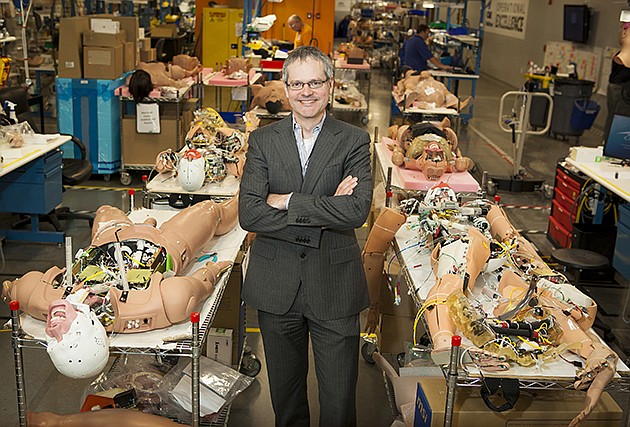- December 13, 2025
-
-
Loading

Loading

The ultimate physician nightmare confronted Montreal cardiologist Dr. Robert Amyot one day in 2006 when he operated on a patient with a small tear in her heart.
Amyot performed a transthoracic echocardiography — a surgery he had done thousands of times. Yet the patient, a young woman, nearly died from the tear, an aortic dissection. The procedure, a team effort with a group of young doctors-in-training, Amyot says, was negatively impacted by “see one, do one, teach one.” That's a medical training practice where novice physicians work on live patients for educational purposes.
The harrowing experience was the last time Amyot used see one, do one, teach one. “It was eye-opening,” says Amyot, who speaks fluent French and pretty good English. “There should be a surrogate between reading in a textbook and performing on real patients.”